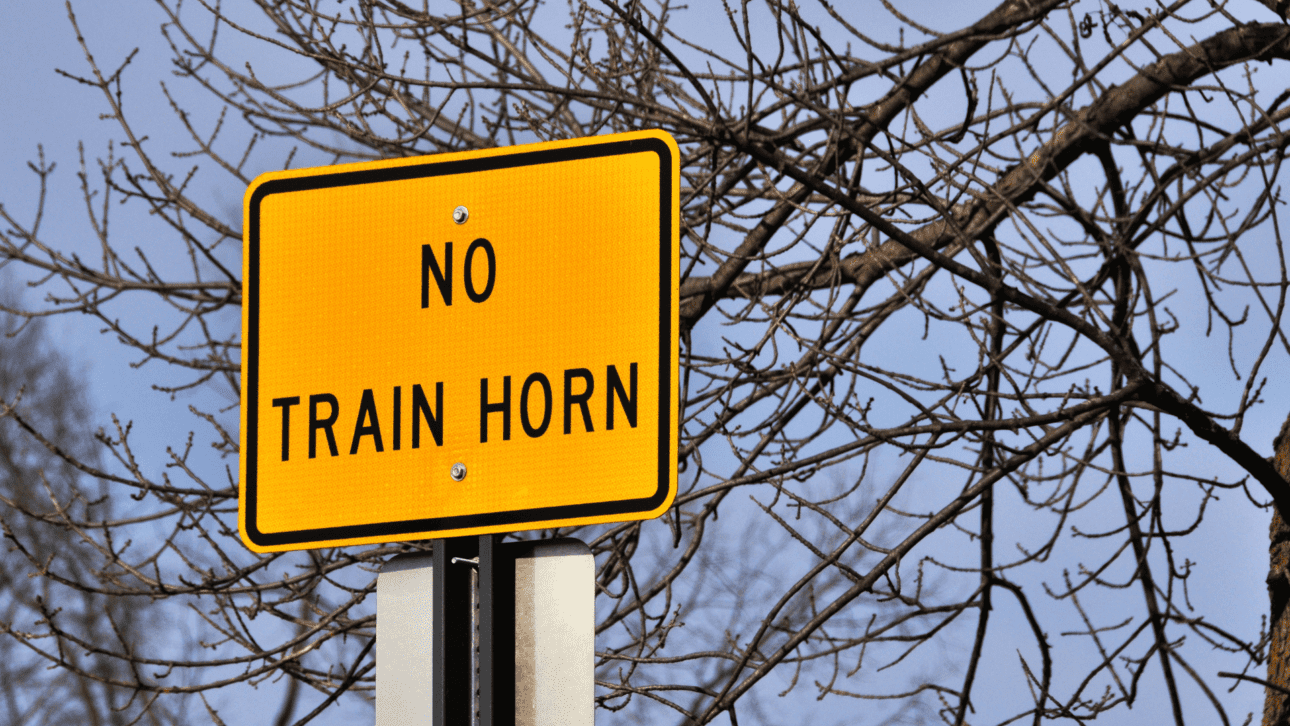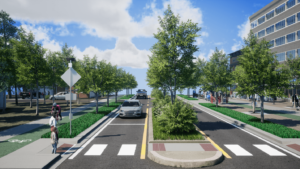As a traffic and transportation engineer, I have witnessed the intricate dance between communities and rail service in Florida. Our beautiful state boasts a network of railways that transport people and goods, foster trade, and reduce traffic congestion on our roads. Since industrialist and Standard Oil founder Henry Flagler first brought his trains to Florida, railways have played an important role in connecting cities and enabling our state’s economic growth.
 As record interest and investment fuel Florida’s continued growth, passenger railways have responded with additional service. It is not without challenges. More frequent train horn noise in residential areas is leading to quality-of-life concerns in neighborhoods. For local governments that have not addressed this issue, now is the time. Railway quiet zones offer a compelling solution to the problem.
As record interest and investment fuel Florida’s continued growth, passenger railways have responded with additional service. It is not without challenges. More frequent train horn noise in residential areas is leading to quality-of-life concerns in neighborhoods. For local governments that have not addressed this issue, now is the time. Railway quiet zones offer a compelling solution to the problem.
A railway quiet zone is a designated stretch of track where trains are not required to sound their horns at every crossing. Instead, safety measures such as improved crossing gates and signals are implemented to ensure safety without the constant blaring of horns. By establishing these zones, local governments can significantly reduce noise pollution, providing respite to communities while not compromising safety. In a quiet zone, trains must still sound their horns for emergencies or to comply with other federal regulations or railroad operating rules.
Quiet zone establishment is not simple. It requires concerted efforts from local governments, transportation authorities, and communities. Here are some steps that need to be taken to make this a reality:
- Safety First: Local governments and transportation authorities must work together to ensure that all necessary safety measures, such as improved crossing gates and signals, are in place before designating a quiet zone.
- Community Engagement: Engage with the affected communities to garner support and address concerns. Residents should have a say in the design and implementation of quiet zones to ensure their needs are met.
- Funding: Local governments should explore various funding options, including federal grants and public-private partnerships, to make infrastructure upgrades financially viable.
- Regulatory Compliance: Work closely with federal and state regulatory agencies, including the Federal Railroad Administration (FRA), to ensure compliance with safety regulations while implementing quiet zones.
- Education and Awareness: Educate residents about the benefits of quiet zones and raise awareness of expected changes in train operations.
- Monitoring and Maintenance: Once established, quiet zones need regular monitoring and maintenance to ensure that safety measures continue to function effectively. Local authorities should allocate resources for ongoing upkeep.
Florida’s communities and rail service can coexist, but it requires proactive steps to mitigate the challenges posed by noise pollution. Railway quiet zones are a vital tool in achieving this harmony. By working together and prioritizing safety, our state can embrace the benefits of rail transportation while preserving the peace and tranquility of our neighborhoods. It’s time to build a quieter, more sustainable future for Florida.
Uyen Dang, P.E. is a traffic and transportation engineer with expertise in rail safety assessments, highway-rail grade crossing improvements, and quiet zone establishment. She is the former City of West Palm Beach traffic engineer and the founder and Principal of DDEC, an engineering, planning, and design firm with offices in Delray Beach, Tamarac, North Miami, and St. Augustine.


